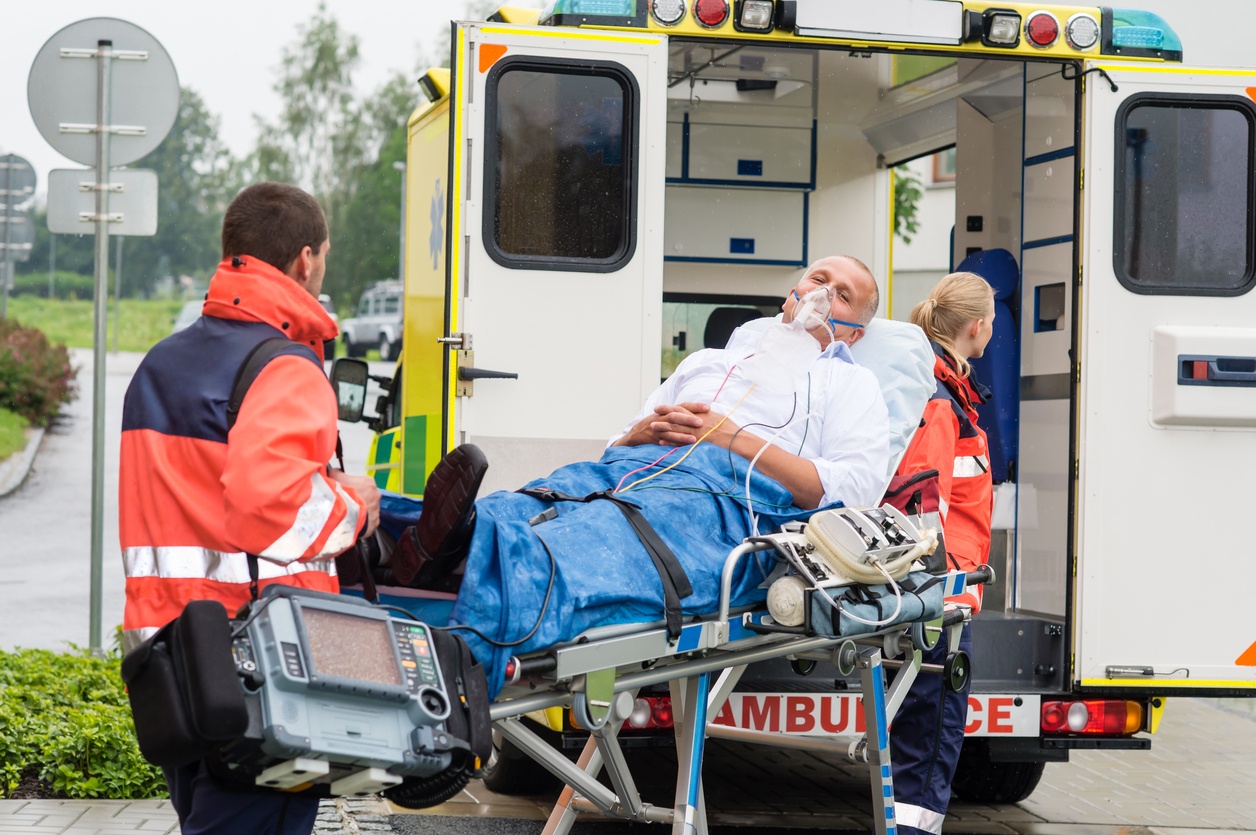
A current and on-going challenge in the area of patient safety is the transport and treatment of bariatric patients. EMS providers are on the front lines of this issue, and EMS education should create a comprehensive curriculum for bariatric patient scenarios.

Autism Spectrum Disorder (ASD) is a developmental disability that is estimated to currently affect 1 in 68 children. Children and adults with ASD do not have a visible disability, which can make assessing and treating them challenging.

Airway management in healthcare is defined as procedures or use of devices that ensure an open pathway for air exchange between a patient’s lungs and the atmosphere. In the simplest of terms, whatever a healthcare provider needs to do to make sure his or her patient is breathing effectively or receiving enough oxygen to preserve life should be done ...

Realistic formative and summative scenarios are how we in EMS education fulfill the mantra, “Train like we fight.” Formative scenarios reinforce the learning process with perfect practice by providing frequent and accurate feedback to ensure automatic delivery of the skills (NREMT, 2015). Summative scenarios are used to evaluate a student’s ability to ...

Once the tool of assassins and murderers, cyanide is now a highly regulated drug. However, while cyanide is hard to obtain for any type of political intrigue or anonymous poisoning (think of the still-unsolved 1983 Tylenol murders in Chicago), it is a toxic by-product of burning building materials. As such, EMS professionals and other first responders ...











